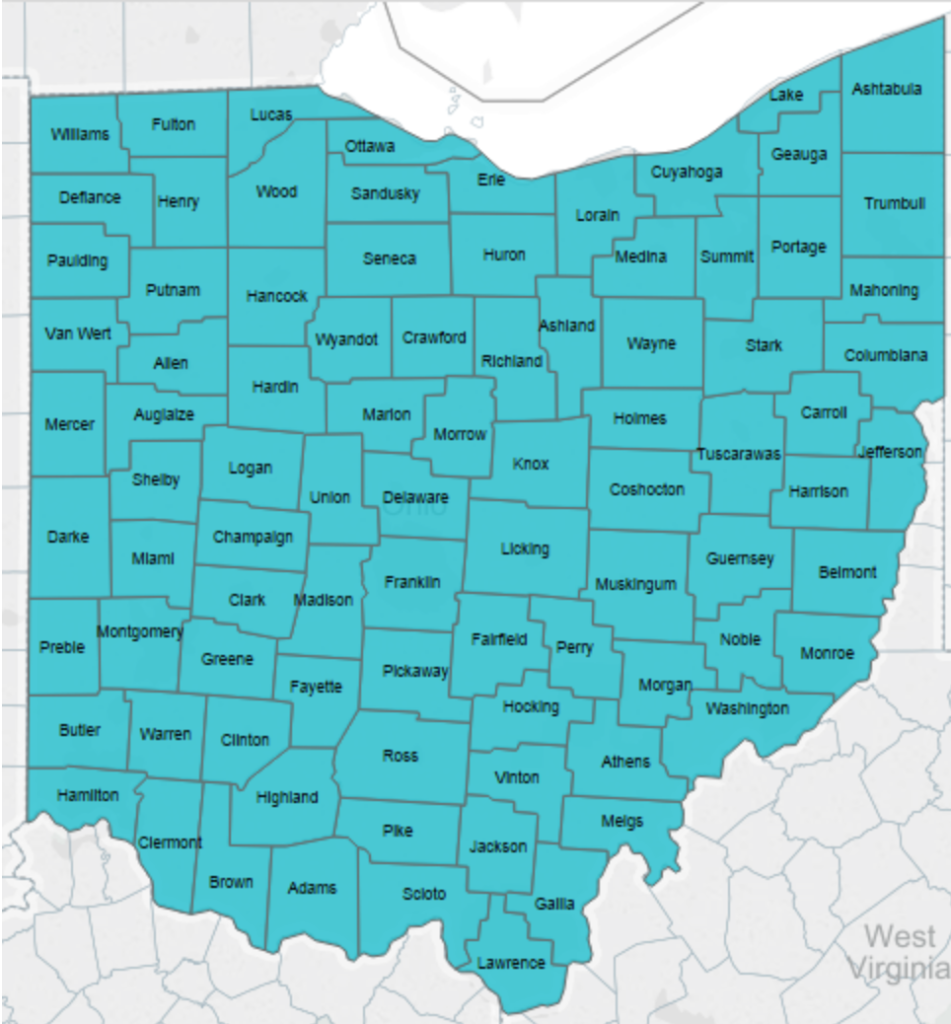Legislature’s attempt to undermine Medicaid not healthy for Ohio
Posted on 07/21/16 by Wendy Patton in Revenue & Budget

The Ohio Department of Medicaid is asking the federal government for permission to change Ohio’s Medicaid program in ways that will make it far less effective. Medicaid provides health care to those who can’t afford health insurance. It is our largest insurer, covering a quarter of Ohioans.
The new program is called the “Healthy Ohio” plan, even though it will make Ohioans less healthy. The plan is so problematic that 99 percent of the 956 comments on the program raised concerns.
Under it, the state would impose premiums and higher co-pays on Medicaid enrollees. Enrollees would be given a form of health savings account modeled on plans used by high-income employees of large corporations. People could be kicked out for non-payment and locked out until they pay the debt. The Ohio Hospital Association fears ill-defined administrative complexity. Despite the many problems, it was submitted to the federal government for approval. If you want to weigh in, the federal comment portal is open for business (at www.Medicaid.gov) through August 7, 2016. (There’s some navigating to get to the portal: look for 1115 demonstration projects).
The federal government should not grant Ohio’s request for many reasons. Here are three big ones:
Ohio has a good Medicaid program without the misnamed “Healthy Ohio” plan. Ohio’s Medicaid program serves the quarter of the population too poor to buy health insurance and it serves them well. The successful Medicaid expansion, which offered health care to adults without kids for the first time, has enrolled more than 670,000 people. Studies of an early pilot found impressive improvement in chronic disease among enrollees. Another study found a strengthening of health care finances across the state. The state’s Medicaid program is serving more people, with good health outcomes, and it will be a billion dollars under budget in 2016.
“Healthy Ohio” would roll back gains we’ve made. The state projects enrollment will be almost nine percent lower under “Healthy Ohio” than under the current program; research on the impact of premiums on low-income enrollees (Dague, Journal of Health Economics 37 (2014) 1–12) finds the decline will be more like 12 to 15 percent. Click on the map above or here to see how enrollment drops like these might affect each county at today’s (May 2016) enrollment levels of the people who would be included in “Healthy Ohio.”
“Healthy Ohio” would disproportionately harm minority communities. Medicaid serves a low-income population. Earnings of black and Hispanic workers are, on average, lower than white workers. Earnings for black Ohioans plunged more deeply since the recession, and have not recovered to the level of 1979. Medicaid enrollment is primarily white, but minorities are disproportionately represented because of low wages. To the extent the “Healthy Ohio” plan hurts all Medicaid enrollees, it disproportionately hurts minorities.
This is of particular concern because of health disparities in Ohio. For example, the 2016 Health Assessment found black Ohioans were much more likely than other racial and ethnic groups to experience poor health outcomes for many of the metrics reviewed, including shorter life expectancy and a higher infant mortality rate — key indicators of the overall well being of a population.
Demonstration projects with waivers of federal rules should offer new ways to improve Medicaid. Ohio needs to keep moving forward to strengthen coverage for struggling people; increase access to, stabilize, and strengthen providers and provider networks serving Medicaid enrollees; improve health outcomes; and increase the efficiency and quality of care for people insured by Medicaid. The “Healthy Ohio” plan would move Ohio backward, working against these goals.
Not so healthy for Ohio, after all.
-- Wendy Patton
Wendy is Policy Matters senior project director.
